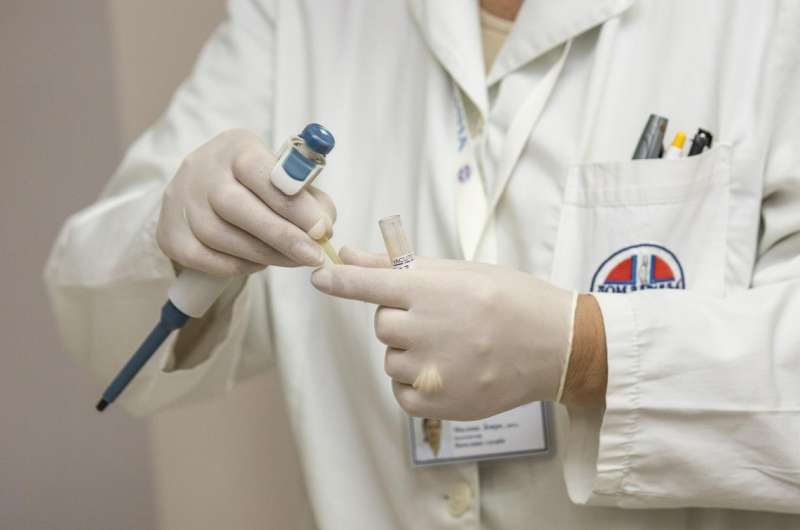New protocol could ease diagnosis of bacterial infections in infants

A new protocol could help emergency room physicians to rule out life-threatening bacterial infections among infants up to 2 months of age who have fevers, potentially eliminating the need for spinal taps, unnecessary antibiotic treatments or expensive hospital stays. Researchers from the Pediatric Emergency Care Applied Research Network (PECARN) developed the protocol from a study of more than 1,800 infants seen at 26 emergency departments around the country. Their study was funded by two agencies of the U.S. Department of Health and Human Services: the Eunice Kennedy Shriver National Institute of Child Health and Human Development (NICHD), part of the National Institutes of Health, and the Maternal and Child Health Bureau, part of the Health Resources & Services Administration. PECARN, a research network of 18 pediatric emergency departments and 9 emergency medical services agencies, is funded by the Maternal and Child Health Bureau. The findings appear in JAMA Pediatrics.
Previous studies suggest that 8 to 13 percent of infants up to 2 months of age who have a fever may have a serious bacterial infection (SBI). These include urinary tract infections, bacteremia (bacteria in the blood) and bacterial meningitis (bacterial infection of the membrane housing the brain and spinal cord). Often, a physician will need to confirm a diagnosis with a spinal tap (lumbar puncture), in which a small amount of fluid is extracted from the spinal canal. Although complications of the procedure are rare, they include inflammation of the spinal canal, bleeding and headache. In addition, an infant may be given antibiotics when a bacterial infection is suspected and may be admitted to a hospital for observation.
The new protocol measures the levels of bacteria in urine, of procalcitonin (a substance produced in response to bacterial infection) in serum, and of neutrophils (an infection-fighting white blood cell). The researchers ruled out an SBI if tests showed low levels of bacteria and procalcitonin and a normal neutrophil count. They were able to accurately rule out all but three of the 170 cases of SBI ultimately detected, including all cases of meningitis. The authors note that their findings need to be verified in a larger sample before they can be applied to medical practice.
More information: Kupperman, N., et al A clinical prediction rule to identify febrile infants 60 days and younger at low risk for serious bacterial infections. JAMA Pediatrics. 2019.

















